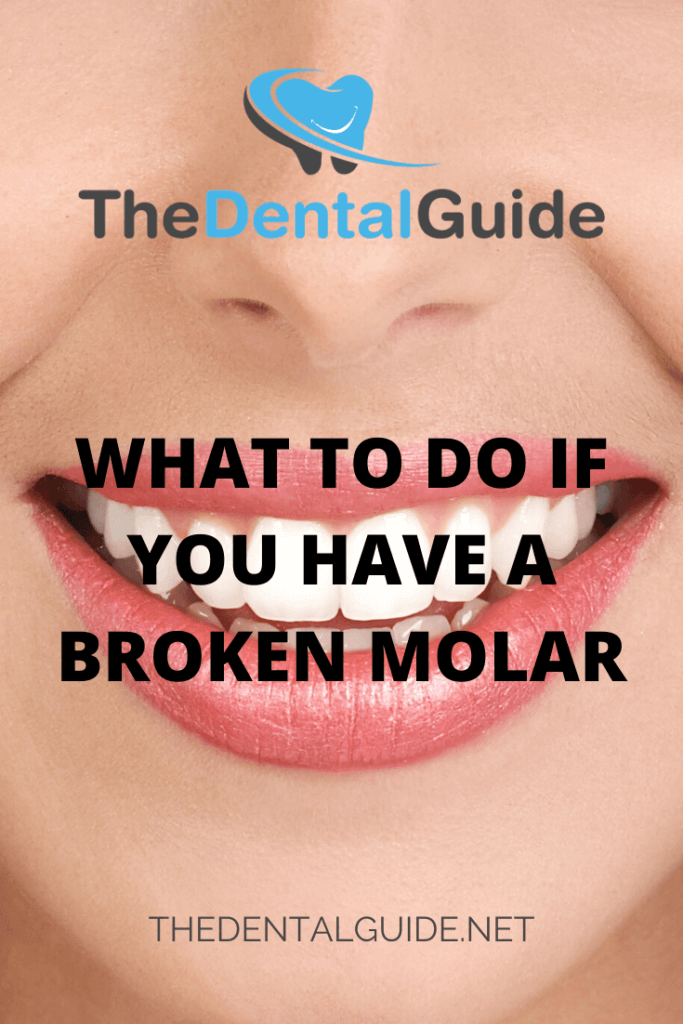There is no such thing as a pleasant broken tooth. Whether it’s an incisor, a canine, or a molar, a fractured tooth will likely be very painful and will definitely require intervention to prevent more significant long-term damage.
But the worst kind of tooth damage is likely a broken molar. Molars are the teeth you use to do all of your chewing. And since they’re further back in your mouth, if there aren’t obvious symptoms, it can be difficult to notice the break visually. That can lead to significant issues, as a broken molar left untreated can result in infections, abscesses, or even potentially the loss of the tooth.
If you’re concerned about a broken molar, follow along, and we’ll explain why molars break, the symptoms you might experience, and the action you need to take.
Are Molars More Likely to be Damaged?
Molars are particularly vulnerable to cracks and breaks since they do the vast majority of chewing. That means they absorb most of the force when you bite into something solid. Biting into hard candy, ice, or even unexpectedly biting into a seed from fruit can cause your molar to crack.
Broken molars can range from a small chip in your enamel, to a crack, to a fully broken tooth, which exposes a nerve and can cause significant pain.
Chips and cracks can range in seriousness, but you should still seek dental intervention as soon as possible for any such issues.
Symptoms
Symptoms of a broken back tooth can vary dramatically, depending on the type of damage and the length of time it’s left untreated. A chipped molar could feature mostly cosmetic damage, with little to no noticeable symptoms.
But enamel – the hardest natural substance in the body – protects your teeth from damage and decay. So even if you don’t notice pain or discomfort, be sure to get chipped enamel treated.
A cracked molar that goes past the enamel can cause more damage. Those cracks will continue to spread the longer you wait to address them, and in time can cause infections and abscesses. If the infection reaches the root, you might lose the tooth.
Meanwhile, a fully broken tooth will likely be the most noticeable and the most painful. If the tooth is broken in a way that exposes a nerve, severe pain will radiate from that spot. You may even notice some bleeding from the tooth.
Treatment
Treatment, likewise, will vary based on the type and severity of the injury. It could be as simple as cosmetic contouring. If your enamel is chipped, your dentist could smooth out the rough edges and ensure your entire molar is sufficiently covered in enamel.
For a deeper crack, you might need a filling. Your dentist will mould and bind dental material into the gap in your tooth, to prevent further deterioration and restore your chewing surface.
A broken tooth will require a more dramatic intervention. In the best-case scenario, you may only need a crown. In more extreme circumstances, though, if damage has spread to the root, you may need to have the tooth extracted, and possibly replaced with an implant later.
The best thing you can do in any circumstance, though, is to go to your dentist and have a consultation as early as possible.
